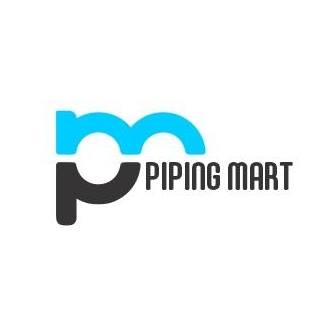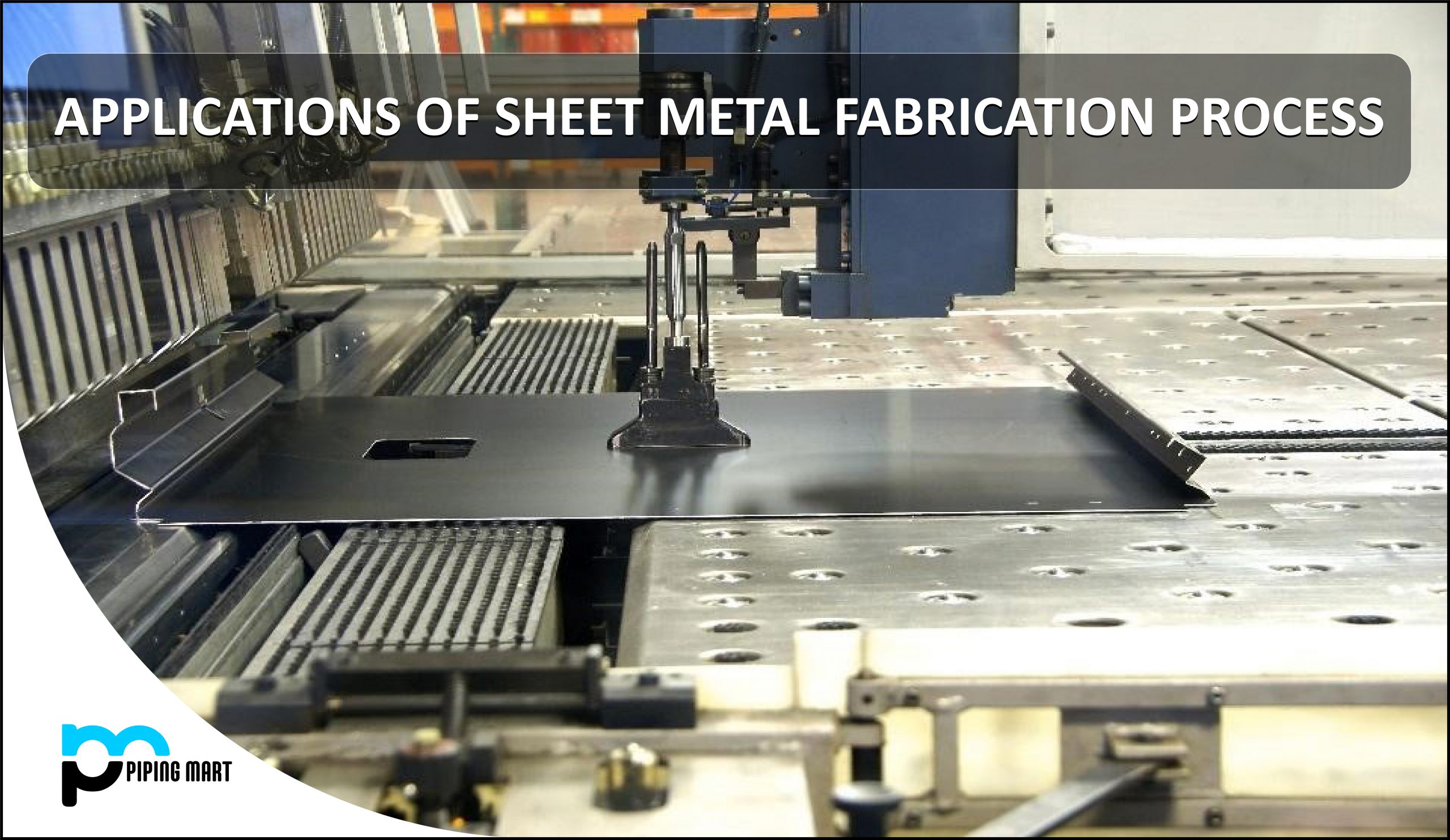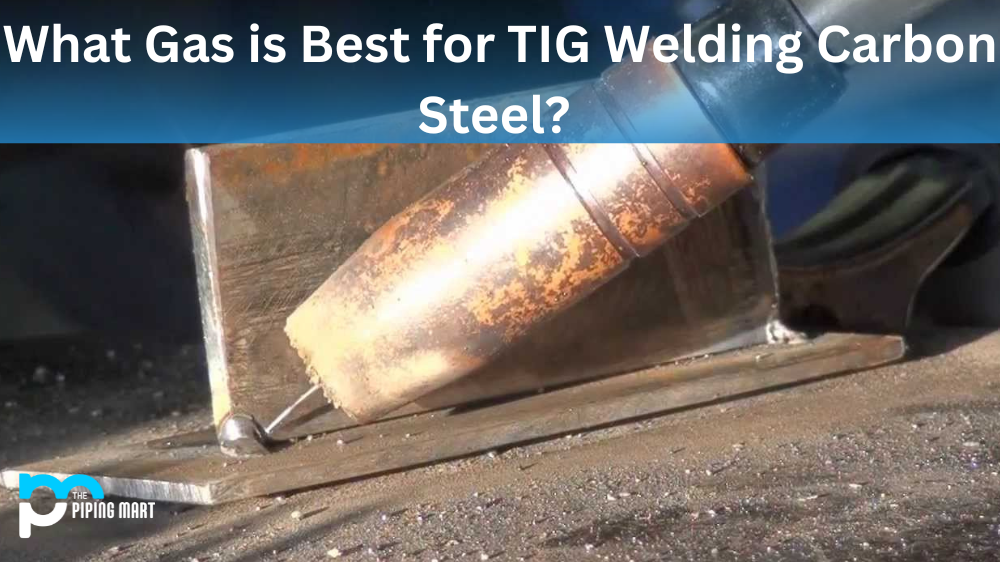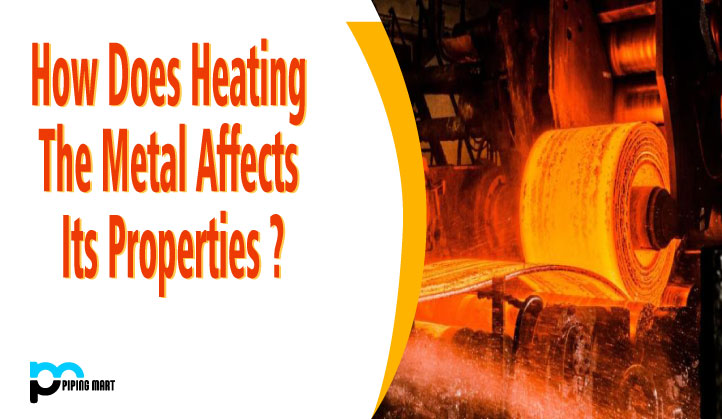Sheet metal is widely regarded as one of the most adaptable materials and processes in the world today. Designers and engineers create a variety of large and small parts. Sheet metal fabrication procedures are utilized in a wide range of industries, including:
- Refrigerators, freezers, and other household appliances
- Airplane parts
- Automotive parts and Airframe
- Brackets
- Metal sinks
- Consumer goods industry
- Electrical enclosures
- lockers, furniture, and Cabinets
- Bus bars
- HVAC industry
- Steel shades and garages
- Electronics and robotics industry
- Stainless steel kitchen accessories, medical tools, tanks, vales, piping
- Mounts
- Construction industry
- Power Plants
- Aluminum sheet metals in phones, laptops, Electronic equipment
Benefits and Drawbacks of Sheet Metal Fabrication
Because sheet metal fabrication includes a wide range of methods and techniques, the benefits and drawbacks will differ based on the process used during fabrication. The following are the general advantages:
- The sheet metal fabrication process is quick and efficient, and it can produce high-quality components.
- Several methods may be used with a wide variety of materials.
- Sheet metal fabricated parts with a high strength-to-weight ratio.
The main disadvantages of the sheet metal fabrication process are
- Each fabrication process has its own set of restrictions.
- The initial cost of setting up equipment and tools is quite high.
- Each step requires the use of specialized labor.
How is sheet metal fabricated?
Sheet metal fabrication can be done using a variety of techniques or processes. Cutting, welding, bending, stretching, forming, shrinking, finishing, and other sheet metal fabrication processes are the most common. Using these techniques, any usable sheet metal product may be made to meet your needs.
Materials used in fabrication
The metal used in the sheet metal fabrication process is determined by the product’s final use. Metals often used for sheet metal fabrication include steel, stainless steel, aluminum, brass, copper, bronze, magnesium, and others.
What exactly is a sheet in the manufacturing process
In the manufacturing of any finished product, the term “sheet” includes raw materials such as metal sheets that are processed and assembled to make the final product, utilizing various metal fabrication processes.
3 primary methods of fabrication
Cutting, deforming, and installing are the three primary types of manufacturing procedures.
Purpose of sheet metal fabrication
Sheet metal fabrication is the technique by which industrial products are manufactured and is thus widely utilized for industrial and consumer parts as well as in many industries such as automotive, robotics, aerospace, energy, and so on.
Job of a sheet metal fabricator
Sheet metal fabricators are the people in charge of fabricating or installing products made from thin metallic sheets. They prepare the final product following the design blueprints and use a variety of production processes.
Thickness of sheet metal
Sheet metal thickness ranges from 0.5 mm to 6 mm. A metallic plate is defined as having a thickness of more than 6 mm. Sheet metals with a lower thickness are easier to form.
Tools used in sheet metal fabrication Process
Metal fabricators use a variety of tools for sheet metal fabrication. The following are some of the most commonly used metal fabricating equipment:
- Hydraulic Bender
- Mini metal Lathe and Mill
- Bead Roller
- Shrinker/Stretcher
- Shearing tool
- Sheet metal brake
- Metal forming kit
- Grinder
- Jig Saw Blade
- Guillotine
- Oxy-Fuel Cutting Torch
- Beam Drill Line
- Overhead Crane
- Multi-Press
- Punch and Flange Tools
- Hole Drilling/Cutting Tools
- Planishing Hammers
- English Wheels
- Dimple Dies
- Corner Notchers
- Cutting Saw

Pipingmart is B2B portal specializes in industrial, metal and piping products. Also, share latest information and news related to products, materials and different types grades to help business dealing in this industry.




